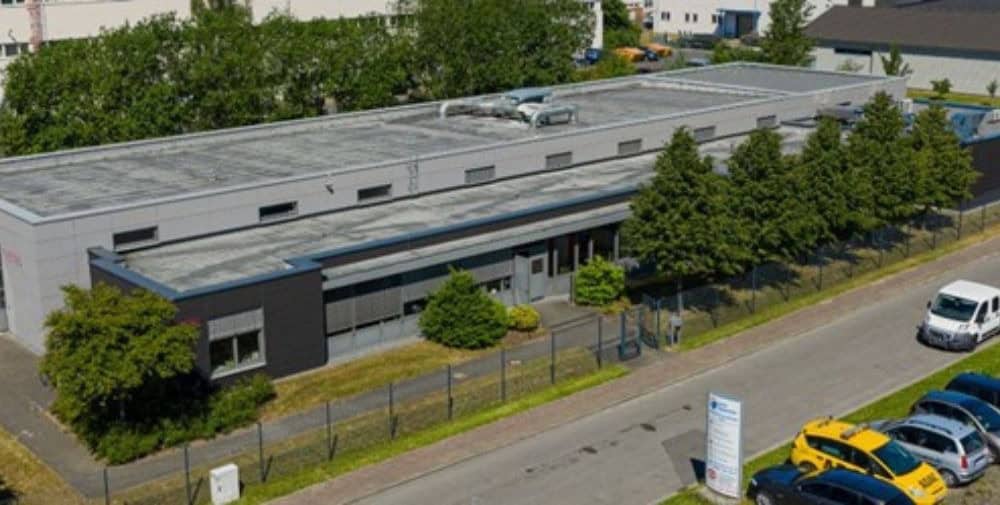
A recent study by IT service provider adesso on the use of GenAI in German industry shows why: more than 70 percent of respondents stated that they save at least two hours of working time per week by using GenAI. But AI doesn’t just promise efficiency gains. The introduction of the technology also provides the ideal time to re-evaluate processes and transform them.
“In order to fully exploit the potential of GenAI in development and production, managers should not only identify opportunities, but also design projects and refine processes – from procurement to service,” says Dr. Olaf Neugebauer, Senior Manager and Head of Competence Center IoT at adesso. “The insights and scope for action that market players gain through the use of AI will allow them to raise the quality of their services and products, and therefore customer satisfaction, to a whole new level.”
Creating the framework conditions
In implementing their IT and data strategies, industrial companies are currently working intensively on setting up their IT landscape in a future-oriented way. The goals: Cost reduction, more flexibility and increased efficiency on the one hand and the realization of real-time analyses, process automation and the implementation of AI on the other.
The following three areas offer the manufacturing industry great potential for the use of AI and GenAI.
1. The talking machine
The scenario: all condition monitoring data and messages from the machines are collected efficiently via an IoT platform. A GenAI system then uses this data to generate target group-specific information in simple and understandable language via interfaces. This results in concise linguistic summaries of complex machine dashboards and analyses. In the next expansion stage, this technology could be linked to a “digital maintenance assistant” that revolutionizes maintenance processes.
2. Digital maintenance assistant
Extensive instructions and documentation for machines, which often fill several meters of shelving and are not centrally accessible in one place, cause unnecessary effort? Instead of laboriously searching for the right information, employees should be able to chat directly with manuals and maintenance reports and quickly find the right solutions in the event of a fault. The next expansion stage of this digital maintenance assistant could be a connection to the “talking machine”, which offers proactive support and revolutionizes maintenance processes. This efficiently links machine status data with the knowledge database from manuals and maintenance documents.
3. Similarity analysis in engineering
A GenAI system of this kind is specially designed to support the processing of quotation and project inquiries. It specifically helps with the question: “Has something similar already been manufactured or designed?” If the answer is yes, the system provides valuable information on previous projects and makes recommendations on how existing parts can possibly be modified. This saves companies time and resources while allowing them to fall back on proven solutions.
In conclusion, Neugebauer adds: “We are at the beginning of an era in which market opportunities are being redistributed. Once upon a time, the Internet and mobile business changed the economic landscape and created new market leaders. Now GenAI will bring about similarly profound changes. GenAI technologies will be as commonplace in the future as email or smartphone apps are today. The manufacturing industry should prepare for this now. Because now is the time to turn the fascination with GenAI into concrete business success.”
– – – – – –
Further links
👉 www.adesso.de
Photo: Unsplash




